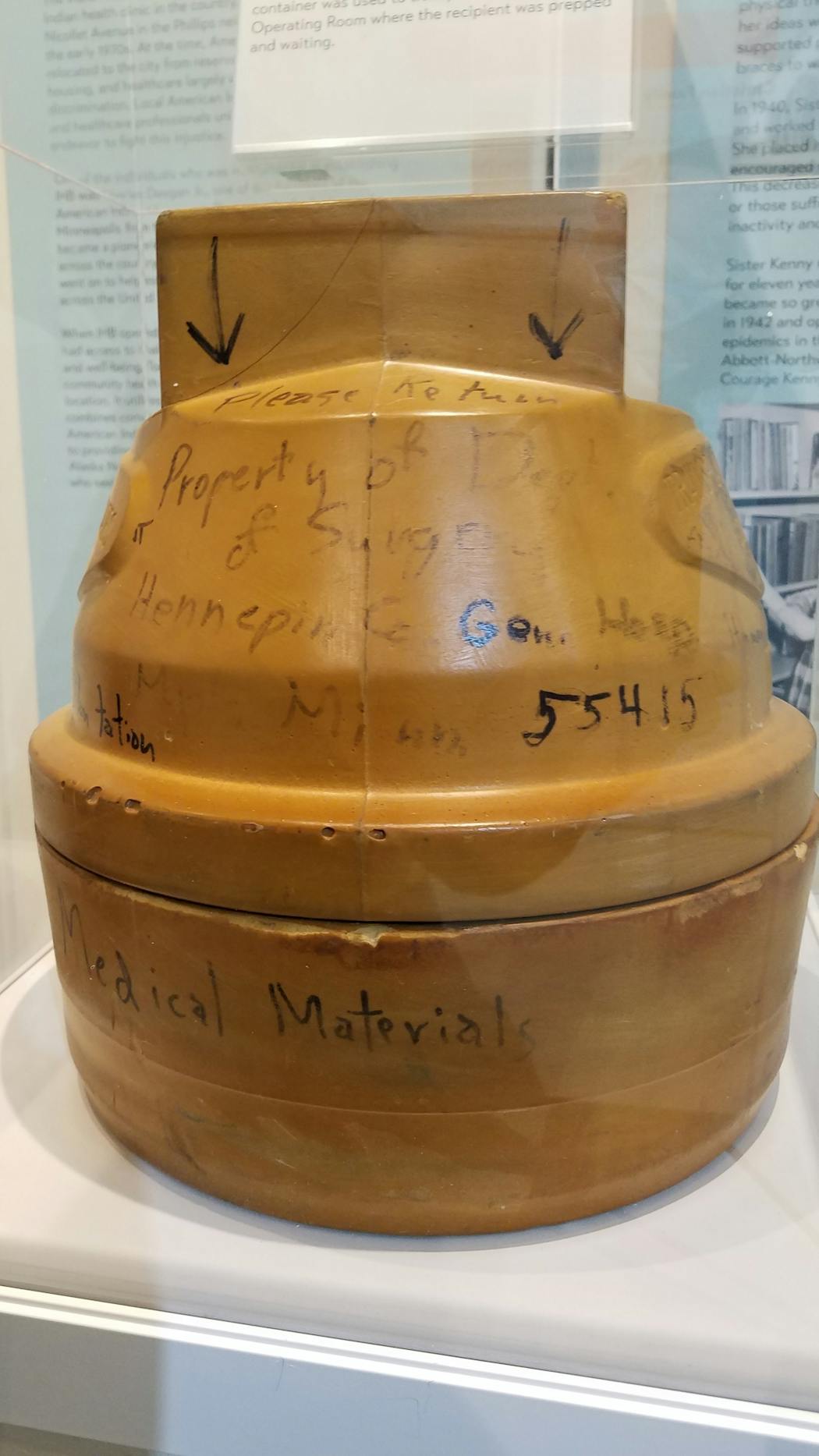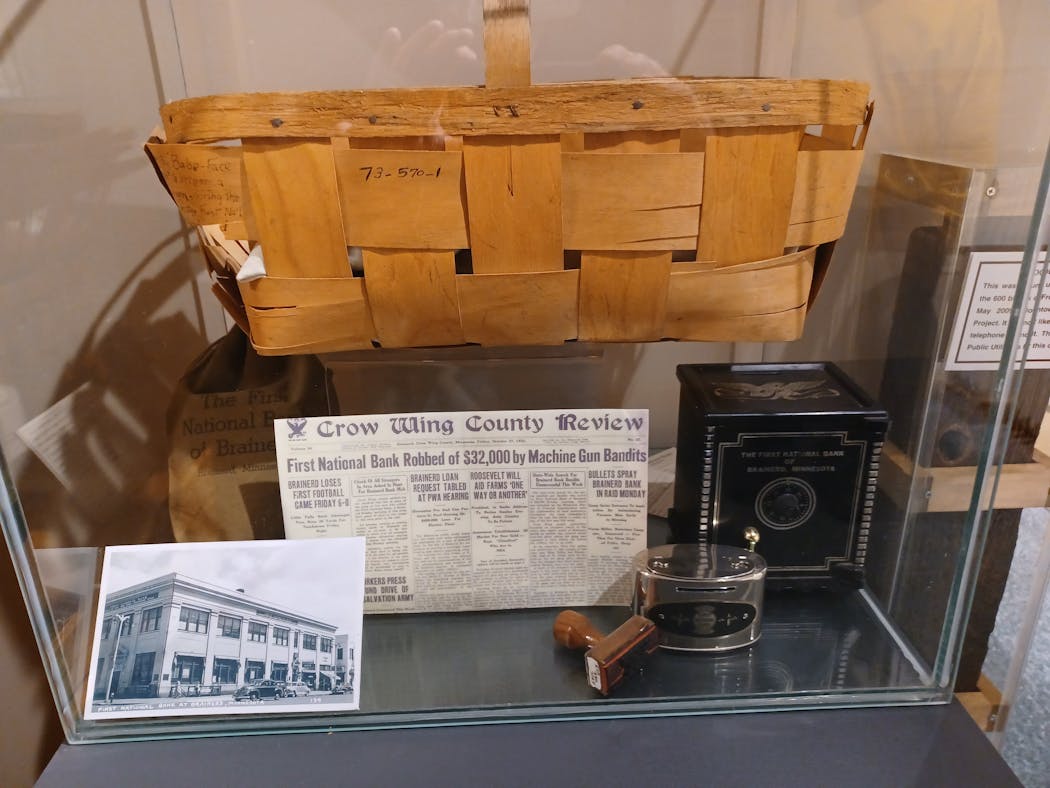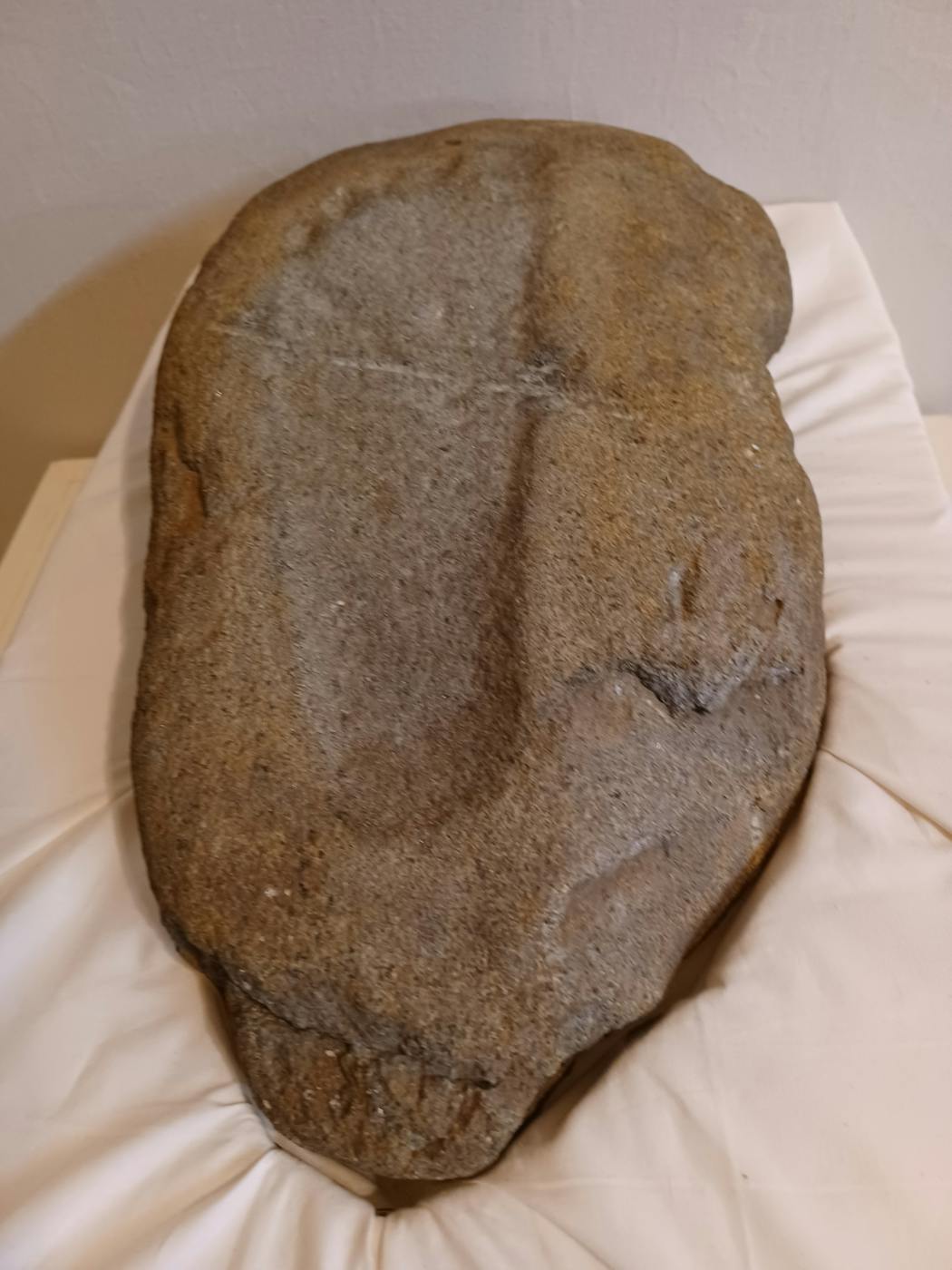If the Smithsonian is nicknamed "the nation's attic," then the Minnesota Historical Society is the state's attic. But what about all the stuff in the state's basement, garage, closet and storage locker? Maybe that's what ends up in Minnesota's numerous county museums.
Our state may be the only one in the country that has a historical society in each county, each of which has a museum of some sort.
These under-the-radar institutions might be as small as a garage or may fill thousands of square feet of exhibit space. Taken together, they are a collection that ranges from the weird to wonderful: a hangman's rope and a Heisman trophy, dugout canoes and organ transplant containers, outboard engines, hockey jerseys and artifacts from aliens and heroes, Vikings and villains.
We know this because Joe Sobota, a 65-year-old Woodbury retiree, recently completed his mission to visit each county museum or county historical society exhibit in Minnesota. (Except for three that were closed during his quest. He still hopes to visit the Douglas, Becker and Le Sueur county museums eventually.)
Beginning in the summer of 2021, Sobota began searching out county museums in the southeast corner of the state. He would be on the road for three or four days at a time, camping in state parks in his 2013 Chrysler Town & Country minivan that he modified as a temporary home.
A year and a half and 8,000 miles later, he finally hit the Faribault County Historical Society in Blue Earth, his 84th county museum — and the last on his list.
Some museums, he said, were well-funded institutions curated by professionals, while others were run by a handful of volunteers. Some had modest displays while others featured restored historical buildings and vehicles. Most of them are free, but some, sadly, draw few visitors, Sobota said.
So, what are the rest of us missing?
Well, there's a Heisman trophy at the Rice County Museum of History celebrating the 1941 feats of Faribault native and University of Minnesota football star Bruce Smith, the only Minnesotan to win the annual award for most outstanding college football player in the nation.
There's a picnic basket displayed at the Crow Wing County museum that was used to hide a gun in the robbery of the First National Bank of Brainerd in 1933 by famed Depression era bank robber George "Baby Face" Nelson.
There's a mysteriously battered Marshall County sheriff's patrol car preserved in Marshall County's Settlers Square Historical Museum after what many people believe was a 1979 encounter with a UFO.
Telling the story
"Lots of people don't know where their county museums are," said Wendy Petersen Biorn, executive director of the Carver County Historical Society, whose museum contains a Sherman tank and a rope used to hang a murderer.
"There are some real gems in those smaller historical societies," she said.
Todd Mahon, state history services manager for the Minnesota Historical Society, believes that Minnesota is unique in having a historical society in every county, each having created some sort of exhibit space, whether it's a display space in a county courthouse, a standalone building or a historic village on the county fairgrounds.
"There's some very sophisticated museums out there," Mahon said. "It's kind of a model."
County historical societies can preserve, interpret and display historical artifacts at a more local level than does the Minnesota Historical Society, which aims for a statewide perspective.
"What they're trying to do is to tell the story of the county," Mahon said. "They're not just looking for old stuff."
County museums often display artifacts that document the businesses and industries that built local economies.
"You see the type of work people were doing in that community or county, be it mining or farming or whatever," Sobota said. "I was surprised by how many car companies were in Minnesota."
The Stearns County history museum, for example, displays one of the cars made by the Pan Motor Co., a failed St. Cloud automobile manufacturing company from the early 20th century.
Sobota, a lifelong history buff, said county museums often offer a closer encounter with the sometimes quirky objects that can be found there.
In the Polk County museum he picked up a strange object on a shelf and turned it over to read the label, revealing it was the hoof of the last wild buffalo killed in Minnesota.
In the Goodhue County museum, there's a painting of a U.S. soldier.
"It isn't the best in the world," Sobota said, but it depicts a local boy made good, Lauris Norstad, who graduated from Red Wing Central High School and then went on to West Point, ultimately becoming an Air Force general. The person who painted the portrait also is a bit notable: Dwight Eisenhower.
"Each one is so unique," Sobota said of Minnesota's county museums. "You never know what you're going to run into."
Joe Sobota's top 3 county museums:
- Martin County Historical Society, Fairmont. "It has such an extensive collection, including a touch-and-feel area for kids, and so well displayed."
- Watonwan County Historical Society, Madelia. "It had a lot of Native American items, which I'm really fond of. It also has a lot of stuff from the Jesse James Northfield raid because they were caught outside of Madelia."
- Koochiching County Historical Society, International Falls. "The Bronko Nagurski display was fabulous. They told me stuff I didn't know about from his college and pro football career, becoming a pro wrestler, and then running a gas station. Every item was well labeled. It was laid out beautifully."
Joe Sobota's top 3 county museum artifacts
- Little Crow's flute in the Brown County Historical Society museum in New Ulm. "You can feel it was used by him."
- The guns, holsters and spurs found with members of the James-Younger gang when they were captured near Madelia, displayed at the Watonwan County Historical Society museum.
- A human footprint petroglyph carved into sandstone displayed at the Murray County Museum in Slayton. "It was made a thousand years ago, and it survived. That amazed me."
Long-lost first USS Enterprise model is returned to 'Star Trek' creator Gene Roddenberry's son
Starbucks is introducing a cold drink cup made with less plastic






